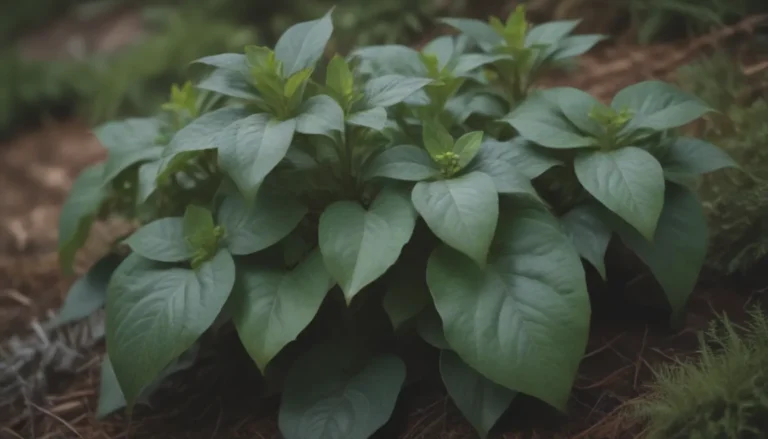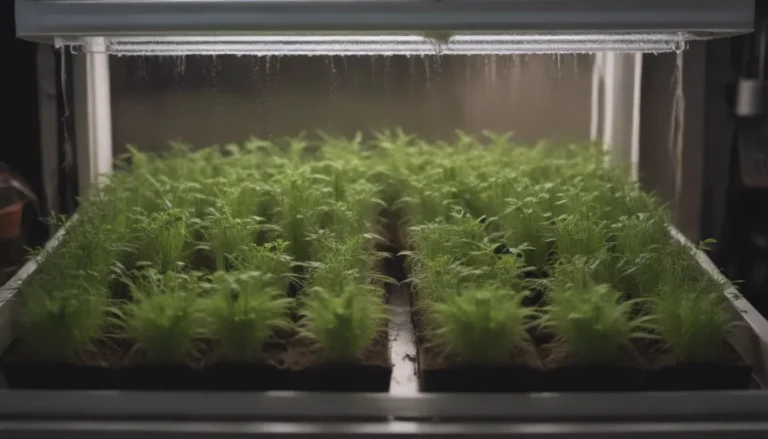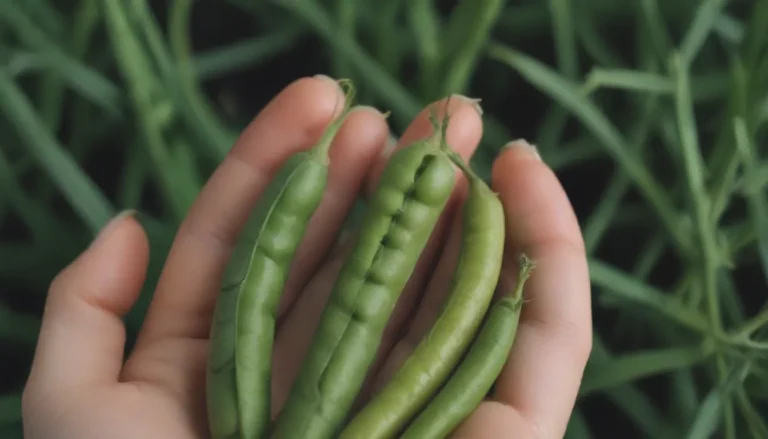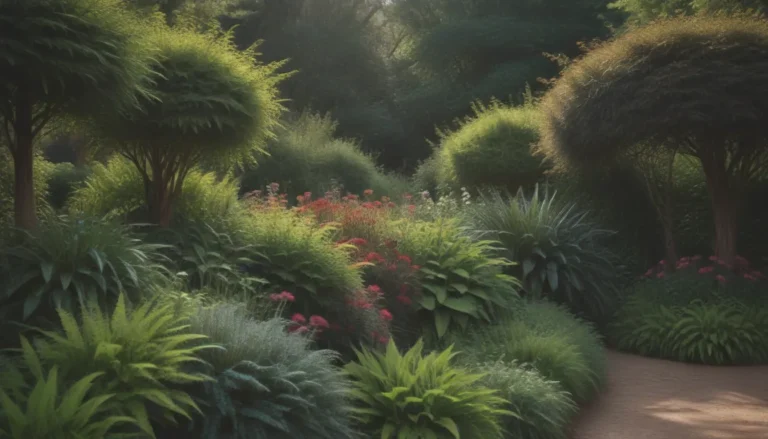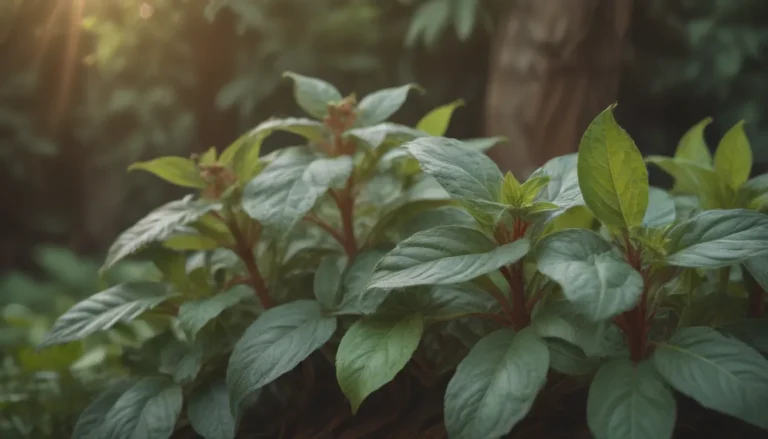Ultimate Guide to Growing and Caring for Alocasia Zebrina

Are you a plant enthusiast looking to add a touch of the tropics to your home with the stunning Alocasia zebrina, also known as the zebra plant? This tropical houseplant is coveted for its unique zebra-like stems and large heart-shaped leaves that will surely make a statement in any indoor space. While growing and caring for Alocasia zebrina may seem challenging at first, with the right knowledge and attention to detail, you can successfully cultivate this beauty in your own home.
Alocasia Zebrina: A Tropical Treasure
Native to the lush rainforests of the Philippines, Alocasia zebrina thrives in conditions that mimic its natural habitat. This plant demands moist, rich, well-draining soil, dappled sunlight, warm temperatures, and high humidity to flourish. While it may be a bit finicky, understanding its needs and providing the right care will result in a thriving zebra plant in your home.
Main Care Requirements for Alocasia Zebrina
To ensure the health and vitality of your Alocasia zebrina, here are the key care requirements to keep in mind:
- Light: Provide several hours of bright, indirect sunlight for optimal growth. Position the plant in front of a north- or east-facing window for the best results.
- Soil: Choose a well-draining soil mix rich in nutrients. A combination of potting soil, perlite or pumice, and coco peat works well for Alocasia zebrina.
- Water: Keep the soil consistently moist but not soggy. Allow the top inch of soil to dry out slightly between waterings.
- Temperature and Humidity: Maintain temperatures above 65 degrees F and provide slightly humid conditions. If needed, enhance humidity levels by using a humidifier or placing the plant in a naturally humid room.
- Fertilizer: Feed your Alocasia zebrina with a balanced houseplant fertilizer once a month during the growing season, following package instructions for application.
Types of Alocasia Zebrina Varieties
While Alocasia zebrina is known for its striped stems, there are other varieties within the Alocasia genus that exhibit unique characteristics. Some examples include:
- Alocasia zebrina ‘Reticulata’
- Alocasia macrorrhizos ‘Stingray’
- Alocasia macrorrhizos ‘Black Stem’
Each variety offers its own appeal and can add diversity to your indoor plant collection.
Pruning and Propagating Alocasia Zebrina
Pruning your Alocasia zebrina is minimal and primarily involves removing damaged or dead foliage. When it comes to propagating this plant, you can do so through division or by growing its corms. Both methods require a healthy plant and are best done during regular repotting to encourage new growth.
How to Grow Alocasia Zebrina From Seed
While division is the preferred method for propagating Alocasia zebrina, it is also possible to grow this plant from seeds for those who enjoy experimenting with different propagation techniques.
Potting and Repotting Alocasia Zebrina
Alocasia zebrina prefers to be root-bound in a smaller pot, so repotting is not necessary every year. When it’s time to repot, choose a pot that is slightly larger to give the roots room to grow. Remember to water the plant a day or two before repotting to minimize stress and ensure a successful transition.
Common Pests and Diseases to Watch Out For
Like any plant, Alocasia zebrina is susceptible to pests and diseases that can affect its overall health. Keep an eye out for common issues such as spider mites, fungus gnats, mealybugs, and root rot, which can all be managed with proper care and attention.
Troubleshooting Common Problems with Alocasia Zebrina
If you notice yellowing or curling leaves, dropping foliage, or drooping stems on your Alocasia zebrina, it may be a sign that the plant is not receiving the right care. Addressing these issues promptly by adjusting lighting, watering, or humidity levels can help your plant thrive and regain its vitality.
In conclusion, while growing and caring for Alocasia zebrina may present its challenges, the rewards of having this striking tropical plant in your home are well worth the effort. By following the tips and guidelines outlined in this guide, you can create the ideal environment for your Alocasia zebrina to thrive and flourish. Remember, a little extra care and attention will go a long way in nurturing this beautiful houseplant. Happy growing!

